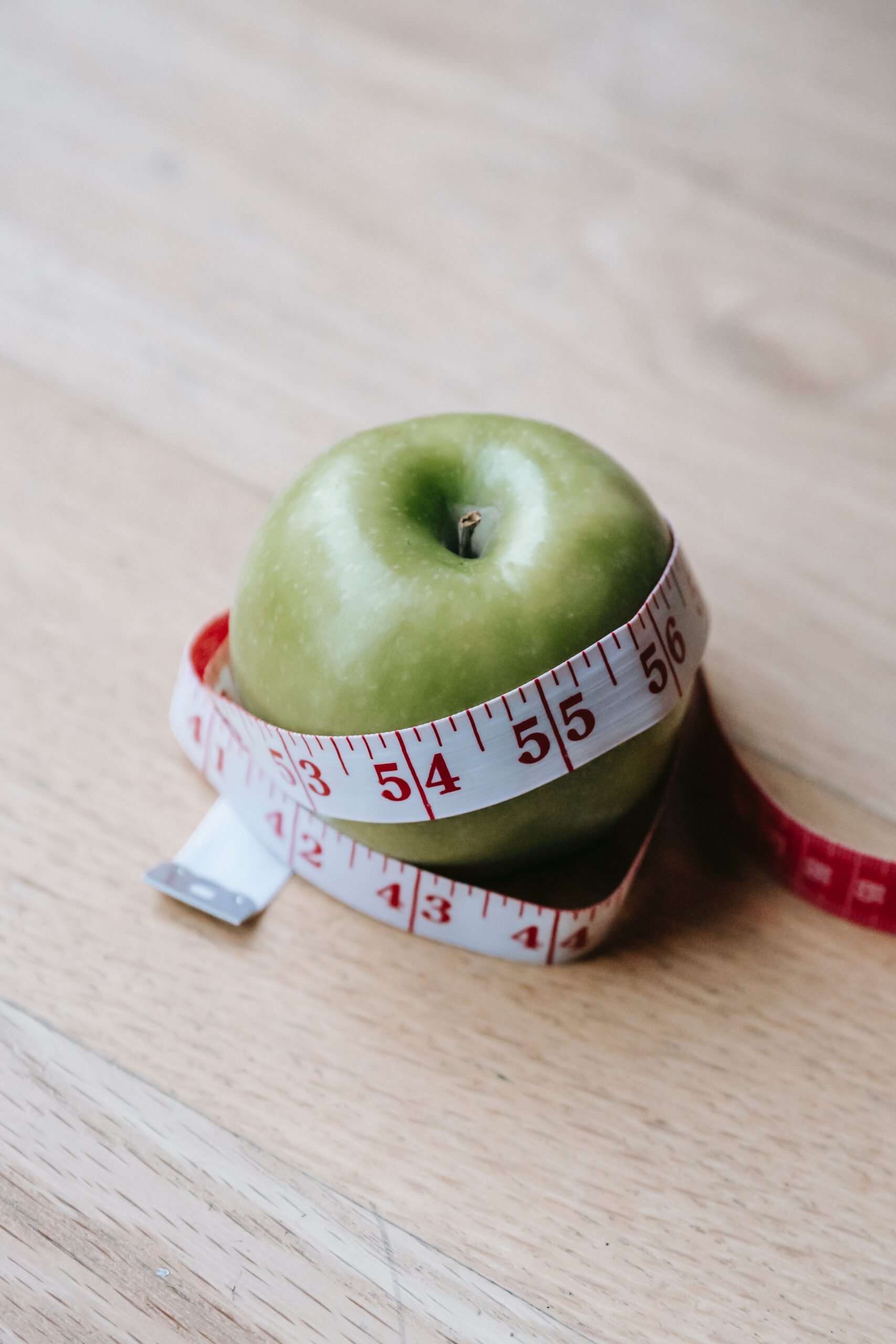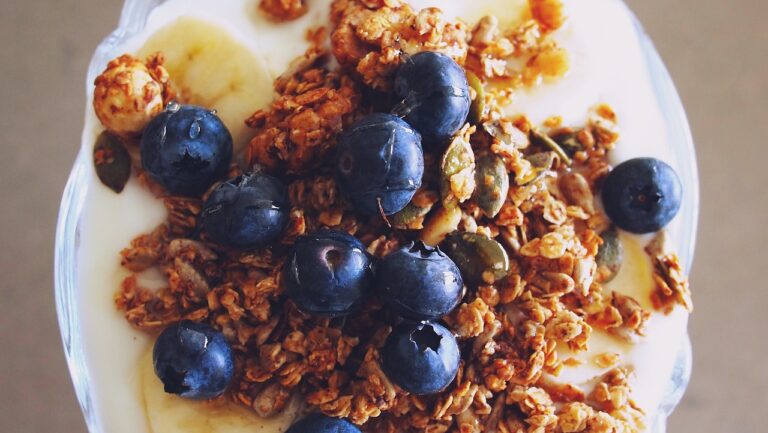The Best Intermittent Fasting Window for Optimal Belly Fat Loss
That stubborn belly fat can be incredibly frustrating. No matter how many crunches you do, that spare tire around your midsection persists. Fortunately, strategic intermittent fasting may offer the metabolic advantage needed to finally lose the belly bulge. Intermittent fasting (IF) is a pattern of eating that alternates between periods of fasting and eating. It’s become quite popular thanks to research showing impressive benefits for weight loss, body composition, and health. But the timing of your fasting and feeding windows seems to greatly impact results. Optimizing your IF schedule can boost belly fat burning potential.
Read on to discover how to use intermittent fasting windows to maximize abdominal and visceral fat loss. With a little planning, you can time fasts to tap into fat stores especially stubborn fat surrounding your midsection.
How Intermittent Fasting Promotes Fat Loss
Intermittent fasting promotes fat loss via several key mechanisms. To understand how to optimize belly fat reduction, it’s helpful to first explore how fasting burns fat in the first place:
- Depletes glucose – During the fasting window, your body will run out of glucose sugar that is normally used for energy. With no food coming in, glucose stored in the muscles and liver becomes depleted after 10-12 hours.
- Burns fat for fuel – Once glucose runs out, your body switches fuel sources to burn fat for energy instead. The longer the fasting period, the more your body relies on metabolizing fat for fuel.
- Releases fat stores – In response to fasting, your body releases more fatty acids from your fat tissue to be circulated in the bloodstream. This provides fat for your muscles and organs to burn as energy to keep you going.
- Increases fat burning hormones – Fasting induces key hormones like growth hormone and norepinephrine that signal your body to release and burn more fat. This makes stored fat more available to use as energy.
- Improves insulin sensitivity – Fasting periods give your insulin levels a rest allowing insulin sensitivity to be restored. This makes it easier for your body to use glucose and fat more efficiently.

In simple terms, intermittent fasting cycles prompt your body to switch from burning food to burning your stored body fat as its primary fuel source. So fasting periods are truly fat burning mode for your metabolism!
Which IF Pattern Targets Belly Fat?
Now that you understand how fasting ignites fat burning, which intermittent fasting protocol seems most effective for targeting belly fat in particular?
Early research points towards longer overnight fasting windows as ideal for reducing abdominal and visceral obesity. Let’s look at some of the evidence:
- A study had subjects do time-restricted feeding (TRF) with an 8-hour daily eating window. After 10 weeks, they had significantly decreased visceral belly fat even without calorie counting or exercising.
- Another trial explored alternate day fasting with zero-calorie beverages allowed during fasts. The group drinking diet soda, black coffee, etc lost 43% more abdominal fat than the water-only group.
- Research on early TRF (eTRF) where eating is limited to the first half of the day also shows reduction in abdominal and visceral fat compared to no TRF.
The takeaway is that fasting windows of 16 hours or longer, especially when done overnight, appear most effective for targeting belly fat loss. This makes sense since nighttime fasting allows for the longest continuous fasting period that ends when you wake up in the morning.
Sample Belly Fat Loss Intermittent Fasting Schedule
Based on the research insights, here is a sample IF eating schedule designed to optimize abdominal fat reduction:
- Finish dinner by 8 pm.
- Fast for 16-18 hours overnight.
- Skip breakfast to extend fasting through the morning.
- Drink unsweetened black coffee/tea to dampen appetite until 12-1 PM.
- Break your fast around noon with a healthy lunch.
- Eat another meal or snack by 8 PM.
- Repeat daily.
This schedule takes advantage of overnight fasting while you sleep and low-activity morning hours. You consume nothing but non-caloric beverages for 16-18 hours straight to allow sustained burning of fat stores. Insulin levels remain low for many hours while growth hormone is elevated. Consuming all calories within an 8-hour mid-day window enables your body to efficiently utilize the energy from food when you are most active. You avoid nighttime eating and snacking which can lead to fat storage. Follow this general 16:8 – 18:6 fasting to eating window pattern daily rather than sporadically. Be as consistent as possible with your schedule for maximum metabolic and belly fat loss benefits.

Support Fasting with Belly Fat Loss Lifestyle Tips
To optimize belly shrinking results, be sure to support your intermittent fasting window with these additional lifestyle strategies:
- Follow an overall reduced calorie, healthy diet – Focus on lean proteins, vegetables, fruits, whole grains, beans, nuts and seeds. Avoid processed foods and limit sugar and refined grains.
- Increase protein intake – Aim for 25-30 grams per meal. Protein is satiating and helps preserve muscle while dieting.
- Reduce excess saturated fats, trans fats, processed foods and sodium.
- Fill up on non-starchy veggies, fruits and foods with fiber. They provide bulk without a lot of calories.
- Stay hydrated with water, herbal tea, electrolytes. Limit caloric beverages.
- Prioritize sleep – Get 7-9 hours per night of quality sleep to optimize hormone balance and reduce cortisol.
- Manage stress – Chronic stress increases belly fat. Counter it with active relaxation techniques.
- Exercise regularly – Do a mix of cardio, strength training and HIIT. Activity supports the calorie deficit needed to burn fat. But don’t overdo it.
Patience and consistency are key! Stick with these fasting, diet and lifestyle changes for at least 8-12 weeks to see a reduction in belly size. While spot fat loss is impossible, this approach will slim your entire body including your midsection.
Intermittent Fasting Windows for Belly Fat Loss Explained
To provide more detail, let’s explore the rationale behind using a 16-18 hour daily intermittent fasting window for shedding abdominal fat:
Overnight fasting – Fasting through the night allows for the longest continuous fasting period possible. You’ll achieve 14-16 hours of fasting simply by finishing dinner, skipping late snacks, and sleeping.
Morning fast extension – After waking up already 14 hours into a fast, extending it by a few more hours by pushing back breakfast targets belly fat. This prolongs growth hormone release and fat burning through the inactive morning.
Unsweetened low/zero calorie beverages – Allowing black coffee, unsweetened tea and other zero-cal drinks during fasting provides a comfort and keeps you from feeling deprived. Research shows it boosts abdominal fat loss versus just water.
Mid-day eating window – Condensing calories into an 8 hour mid-day window lets your body efficiently use the energy from food when you are most active and your insulin sensitivity is highest.
Nighttime avoidance – Eating late at night or close to bedtime can increase fat storage. Stopping food intake 3-4 hours before bed allows insulin to drop and fasting to begin.
Daily consistency – Sporadic fasting won’t provide the same fat burning benefits. Follow your schedule daily to keep insulin low, growth hormone elevated and activate metabolic pathways.
Not snacking – Snacking outside the 8 hour window interrupts fasting and fat burning. Stick to two meals and avoid snacking to optimize abdominal fat loss.
Water, electrolytes – Stay hydrated and replenish electrolytes during fasting periods to support energy, hunger management and metabolic function.
These intermittent fasting parameters optimize your body’s natural fat burning rhythms. Leverage them to maximize abdominal fat loss.
Troubleshooting Intermittent Fasting for Belly Fat Loss
It will take some adjustment to get used to following a daily 16-18 hour fasting protocol. Here are some tips if you struggle:
Managing hunger – Hunger comes in waves. Distract yourself with activity or sparkling water. Once your body adapts, fasting hunger subsides.
Low blood sugar – Opt for lower carb meals. Eat fruits, vegetables and lean proteins to stabilize blood sugar.
Headaches – Can be from dehydration, electrolyte imbalance or caffeine withdrawal. Hydrate well and supplement electrolytes. Wean off caffeine slowly if needed.
Irritability – May happen when blood sugar gets too low. Have a snack if needed and re-feed with a well-balanced meal.
Fatigue – Ensure adequate sleep, nutrients and calories during eating window. Take a day off fasting if needed.
Constipation – Stay hydrated, eat fruits, veggies, nuts, seeds and high fiber foods during eating window.
Lightheadedness – Check blood pressure and electrolyte balance. Sip electrolytes during the fast. See a doctor if it persists.
Listen to your body. Take it slow reducing fasting hours if needed. And take a day off if you feel unwell. The more you fast, the easier it gets. But don’t force it if you feel miserable.

Additional Health Benefits of Intermittent Fasting
Using intermittent fasting windows to lose stubborn belly fat is a fantastic place to start. But fasting provides many other evidence-backed benefits:
- Easier weight/fat loss and maintenance
- Reduced inflammation
- Improved insulin sensitivity
- Better blood sugar regulation
- Lower cardiovascular disease risk
- Increased longevity
- Boosted brain function
- Enhanced cellular repair
- Anti-aging effects
- Cancer prevention
Because of the wide range of benefits, IF can be a lifestyle eating strategy you follow long term, not just for rapid belly fat loss. Choose a comfortable fasting to eating ratio that you can stick with as part of a health-promoting way of eating.
Putting it All Together
Want to leverage intermittent fasting’s potential to help eliminate stubborn abdominal fat? Here are the key points:
- Longer 16-18 hour fasting windows seem optimal for reducing belly fat, especially visceral abdominal fat
- Overnight fasting with an eating window earlier in the day targets belly fat loss
- Follow your schedule daily for maximum fat burning benefits
- Support fasting with an overall healthy reduced calorie diet, activity, sleep and stress management
Be patient and stick with it! You’re essentially retraining your body’s metabolic hormones and enzymes to preferentially burn fat for fuel. Let your body work for you by following an intermittent fasting schedule focused on melting away that belly fat for good. Along with diet and lifestyle tweaks, fasting windows can help reveal the fit, healthy body you want.
Let me know if you have any other questions on intermittent fasting, managing hunger or how to optimize it to meet your weight loss and body composition goals. I’m always happy to help!







